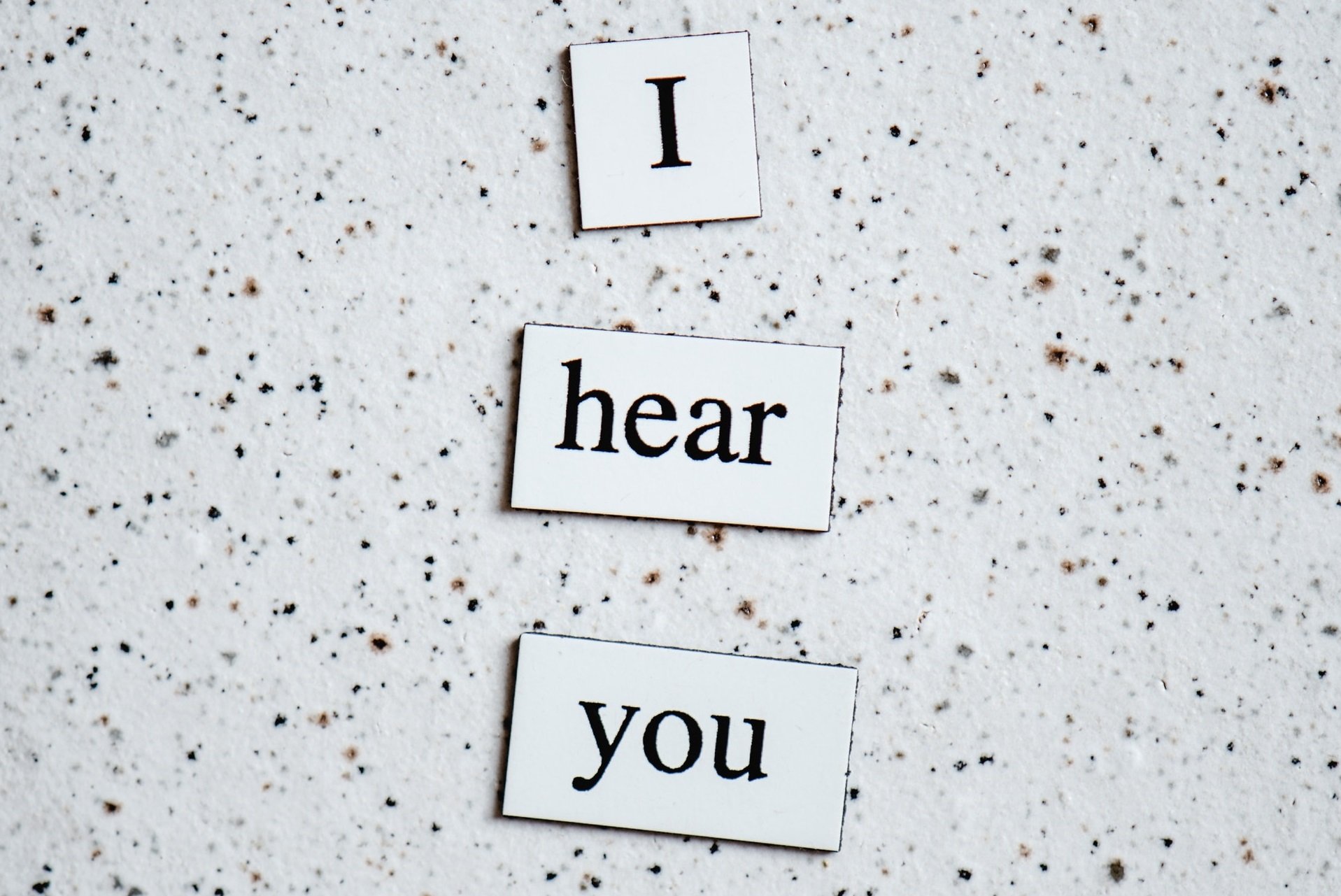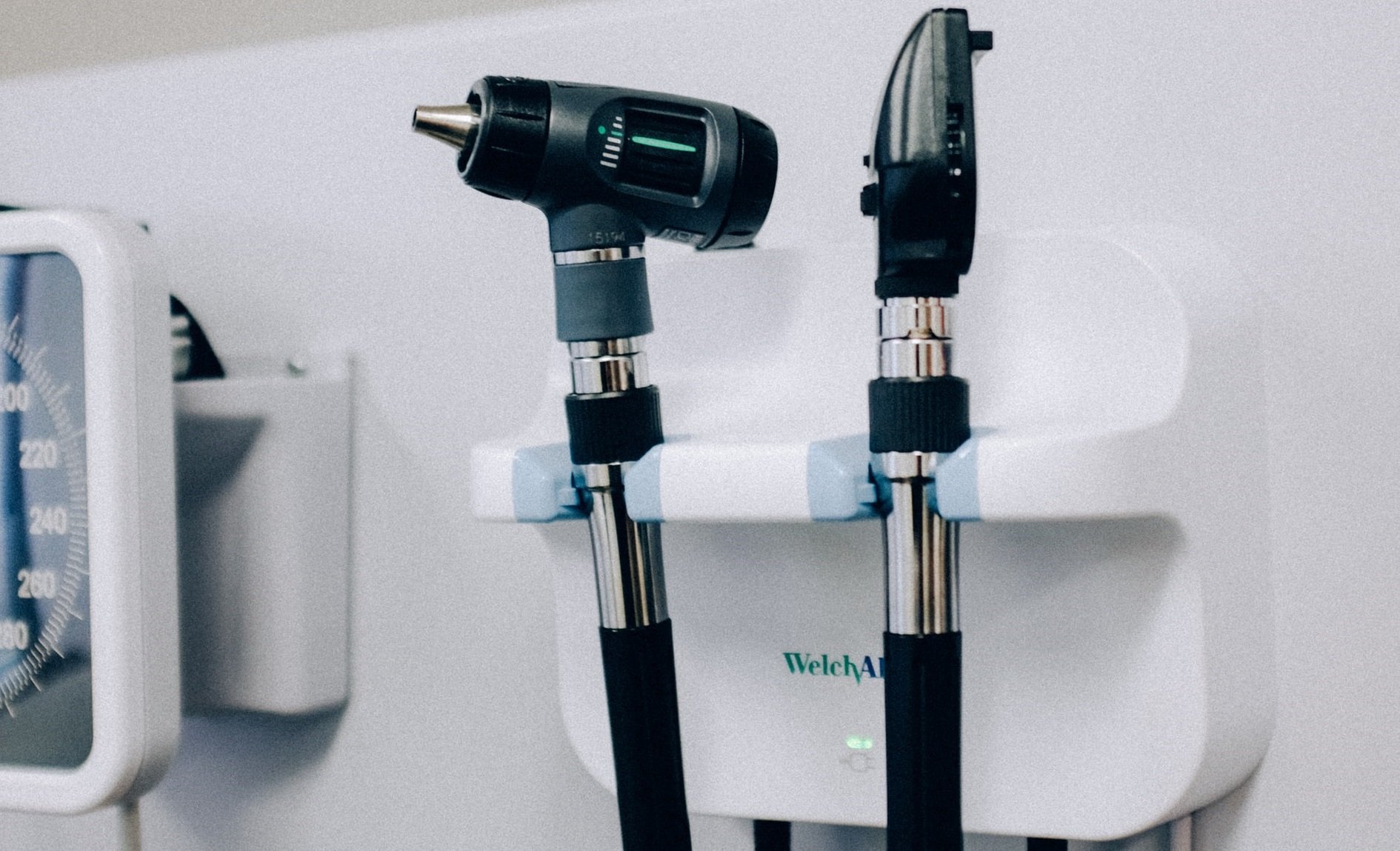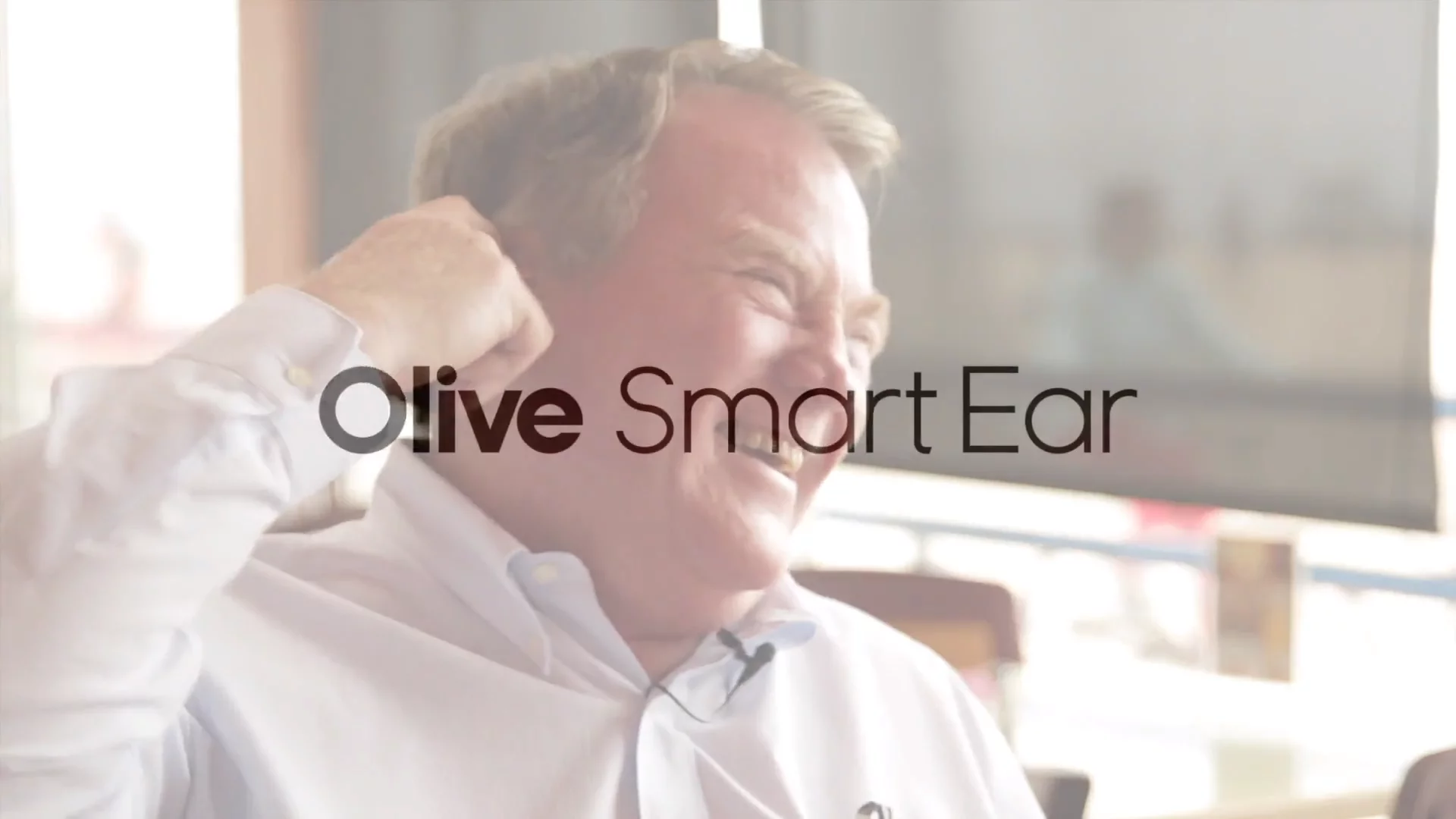
In the United States alone there are around 15 million people with hearing loss who avoid seeking help. Although reasons vary depending on the individual, there is one that consistently pops up; the price. When the average price of hearing aids for both ears is around $4,000 to $6,000 and often not covered by Medicare, it becomes easy to see why.
However, if an audiologist recommends that you use a hearing aid, it’s important that you listen to their expert advice. Hearing aids can greatly improve your quality of life, and if your hearing loss is permanent or worsening, they are well worth the investment.
Contents
Is There an Alternative to Hearing Aids?
However, if you only have mild hearing loss and don’t feel you need a hearing aid just yet, you might want to consider a cheaper alternative to hearing aids that can make your day-to-day life easier.
Hearing aid alternatives include personal sound amplification products (PSAPs), speech to text phones, amplified phones, TV listening devices, public assistive listening devices, and simply changing your environment to suit your needs, all of which will be discussed in this article.
Personal Sound Amplification Products (PSAPs)
Personal sound amplification products (PSAPs) may be able to help those with mild hearing loss, but they shouldn’t be used in cases of moderate to severe hearing loss.
One of the biggest criticisms of hearing aids is that they are expensive, and may not be worth the price. This is especially so for those with mild hearing loss who only struggle to hear in certain situations (such as when there’s a lot of background noise) but are fine in most other environments.
You can use a PSAP every now and again (or even all the time) for a little boost to your hearing at a fraction of the cost of hearing aids. Advancement in recent technology has allowed some PSAPs to be self-programmed using a smartphone or computer app, and not require any sort of in-person fitting.
Although PSAPs cannot be marketed as hearing aids as they do not adhere to the strict definition and manufacturing standards of hearing aids, their technology is getting more and more sophisticated meaning some advanced devices, such as the Olive Smart Ear, can now perform some of the same functions as hearing aids.
Although they’re certainly no replacement for hearing aids, if you don’t need a hearing aid they can provide you with a useful and sometimes customizable sound boost.
Amplified Phones
Those with hearing loss frequently experience difficulty hearing over the phone. You can’t lip read, can’t benefit from visual cues, and you’re usually only using one ear, which makes it harder for some people to hear. Even for those without hearing loss, talking on the phone can be a dreadful experience!
Getting an amplified telephone is a great idea for those who struggle with their hearing when on the phone, but aren’t ready to commit to purchasing expensive hearing aids.
Luckily, amplified telephones are provided free of charge to many state residents through their state telecommunications program. You can usually just fill out an application with confirmation from a medical professional that you have hearing loss.
See if you can get an amplified telephone on the State Telephone Program site.
If you can’t get an amplified telephone through your state or are looking into purchasing your own, there are various options on the market at different price points. For more information, check out our article on amplified phones!
TV Listening Devices
Watching TV with your friends and family can be difficult if you have hearing loss, as you’ll probably want to listen at a different volume from everyone else.
A television listening device can give you personal volume control. By connecting wirelessly to the TV, you can adjust the volume of the television independently to everyone else in the room so that just your volume is quieter or louder.
Popular TV listening devices include TV Ears, which uses Voice Clarifying Circuitry® to reduce background noise. It also clarifies hard to hear television dialog, making the most unintelligible speech easy to understand. For more recommendations, check out this article!
Caption Call – for Phone Calls
CaptionCall allows you to read as well as hear what someone is saying when you’re speaking to them on the phone. It works like a normal phone but also displays real-time captions during your conversation on a large, easy-to-read screen. This helps people with hearing loss understand conversations easily, and get more enjoyment out of speaking to family and friends.
CaptionCall RealSound audio processing also minimizes voice distortions and you can save your conversations. You just need a high-speed internet connection.
If you have hearing loss that necessitates the use of a captioning service, CaptionCall is available at no cost (with no hidden fees). All you need to do is order a no-cost caption phone online and CaptionCall will contact you to confirm your eligibility and schedule delivery. You will also receive training on installation.
Public Assistive Listening Devices
You can find public assistive listening devices out and about in many public places. Wearing these devices will help to to hear sounds clearer and louder in venues such as public auditoriums and theaters, movie theaters, airports, and churches and synagogues. As a bonus, most devices are free to use while you are there!
Check with a venue about whether a public assistive listening device will be available by contacting them directly.
Changing Your Environment
If you’re waiting for an assistive device or still researching your options, you can still implement some communication strategies to improve your day-to-day listening and understanding. Even if you already have a hearing aid, these are useful strategies to incorporate into your hearing loss management.
Face the Person You’re Speaking To

While it may seem a bit obvious, facing the person who is talking to you can make a huge difference to your conversations. Not only will you probably hear them better, but you’ll also be able to lip read to aid your understanding. Even if you don’t think you use lip reading, almost everyone (even with normal hearing) does to some extent, as lip movements, subtle visual cues, and gestures are key to accurate communication and interpretation.
Meet in Quiet Locations
When meeting up with friends, family, or colleagues, try to reduce background noise around you as much as possible. If you’re out and about this might not always be possible. However, you can try to select a quiet meeting spot such as a café you know isn’t busy, or your own home.
Noise should be much easier to control at home, as you can sit far away from appliances that are running, such as the dishwasher or washing machine, and turn off the TV or any music playing to suit your needs. In the long term, adding curtains and rugs to your home will also help absorb the sound in the room, allowing you to hear other people better.
If you do find yourself in a bustling environment, try to minimize your exposure to noise by sitting away from any music speakers or entrances and exits where lots of disturbance and chatter tend to occur. Sitting somewhere well lit will also help you to understand better by helping you to see visual cues. Making sure you don’t sit too far away to the person you’re speaking to will help with this too.
All this being said, if your audiologist has advised you to wear hearing aids, it’s really worth considering making the investment. They can dramatically improve your hearing and protect your long-term ear health.
A Truly Affordable Hearing Aid
For the first time, however, there exists a true alternative for the problem of expensive hearing aids. Olive Union’s Olive Pro is the first of it’s kind; a 2 in 1 Bluetooth Hearing Aid Earbud. An FDA approved hearing aid available at a fraction of the cost of traditional hearing aids, the Olive Pro also boasts the high fidelity audio experience one would expect from modern Bluetooth speakers. The Olive Pro’s 5-minute hearing test will create a customized hearing profile specific to your ears, further enhanced by the in-house developed software & AI that isolates and filters background noise to create clear conversations and crisp sounds.
The Olive Pro is currently retailing for a special pre-order price of $199 (33% off the MSRP of $299).
To read more about hearing loss, treatments, and strategies, see our other blog articles.
The information in this guide has been written using the following reliable sources:
https://www.medicare.gov/coverage/hearing-aids
https://www.clearliving.com/hearing/technology/hearing-aid-alternatives/
https://news.memorywell.com/2018/12/07/inexpensive-alternatives-to-hearing-aids/








